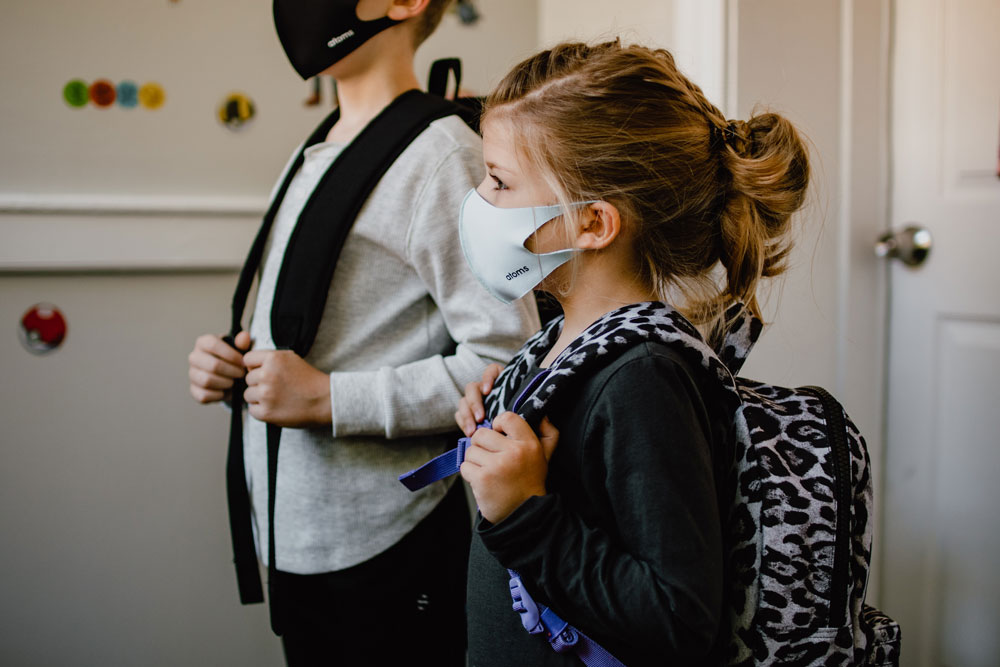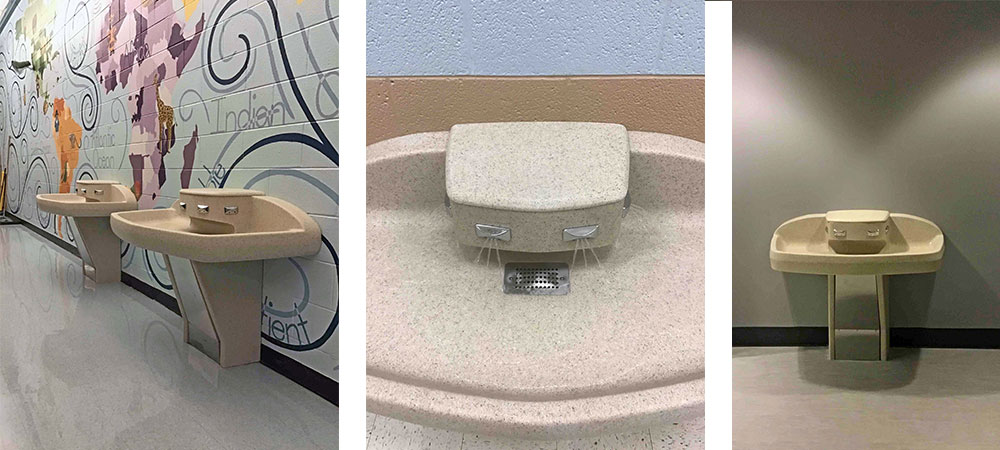Should You Spend ESSER II Funds on Facilities Projects?
-
Category
Studio-K12, Innovation -
Posted By
Eric Broemel -
Posted On
Feb 24, 2021
Evaluating K-12 Facilities for Health and Safety

Photo Credit: Kelly Sikkema via Unsplash
Since an additional round of COVID-19 emergency relief funding was announced through ESSER II, you’ve likely already started talking with your team and partners about how you can and should plan to spend this money.
You have a list a mile long of the things your school or district needs to appropriately cope with COVID-19—and soften the blow of the numerous measures you’ve put in place over the past year—let alone feel prepared for future health crises. You may be planning to put funds toward hiring more staff, implementing student and staff safety and support measures, and enhancing technology. And you should be.
Some of the ESSER II provisions also cover health- and safety-related building improvements, such as HVAC upgrades to mitigate virus transmission and improve the overall quality and health of indoor air. How do you know if this kind of work is a good use of your funds?
Depending on how much money your district received, what your current situation is, and the age and condition of your facilities and systems, building upgrades may be worth discussing with your financial advisers and design partners.
We are advising our clients to evaluate their need with an assessment of their building systems. This can help you determine the current condition of these systems, and where you should focus improvements for greatest impact, if any are to be made.
Based on the general guidance of the Indiana Department of Education as to where ESSER II funds can be used, there are three primary areas we would consider. These are of particular importance in classrooms, clinics, and restrooms.
1. Indoor Air Quality
We know a key to mitigating virus spread indoors is removing potentially contaminated air in a building and replacing it with clean fresh air as frequently as possible. In addition, COVID-19 particles travel in respiratory droplets, which are large enough that high-efficiency filters on air handling units can trap a significant percentage of them and prevent them from recirculating (ASHRAE).
This means proper HVAC equipment, settings, and maintenance are key to not only reducing the risk of illness, but also improving overall indoor air quality for the health of building occupants.
In an assessment, we would look at:
- Age and quality of HVAC equipment and building controls, including frequency of fresh air exchanges
- Level and methods of air filtration
- Exhaust fan operation to remove polluted air
- Creating negative pressure in clinic areas if possible
2. Water Dispensing and Quality
Ensuring students have adequate access to clean water, and hygienically dispensed water, in school is critical. Water quality can be a concern after prolonged closure of school facilities due to standing water in plumbing systems. This can increase risk for Legionnaires’ and other illnesses.
In an assessment, we would look at:
- Opportunities to make water dispensing methods more sanitary, such as installing water bottle filling stations or touchless faucets
- Condition of existing piping to ensure healthy drinking water


Handwashing Stations in Penn-Harris-Madison Schools
3. Sanitation
The frequency of handwashing has increased dramatically with COVID-19 and is likely to be a focus beyond the pandemic. Ensuring enough locations for students and staff to wash or sanitize their hands in a safe and efficient manner will be important moving forward.
In an assessment, we would look at:
- Number of access points for hand washing and/or sanitizing relative to student and staff population
- Safety of handwashing, such as use of touchless faucets, soap dispensers, and paper towel dispensers
- Possibility of swapping certain surface materials, furniture materials, or fixtures in classrooms, food service areas, clinics, and restrooms for more hygienic versions
Making some of these updates to your facilities can help protect and support the wellbeing of students and staff. However, physical building and system design is only one component of a safe, healthy learning environment. Balancing investment in your facilities with your other operational needs will allow you to best manage and prevent outbreaks of COVID-19 and other illnesses.





